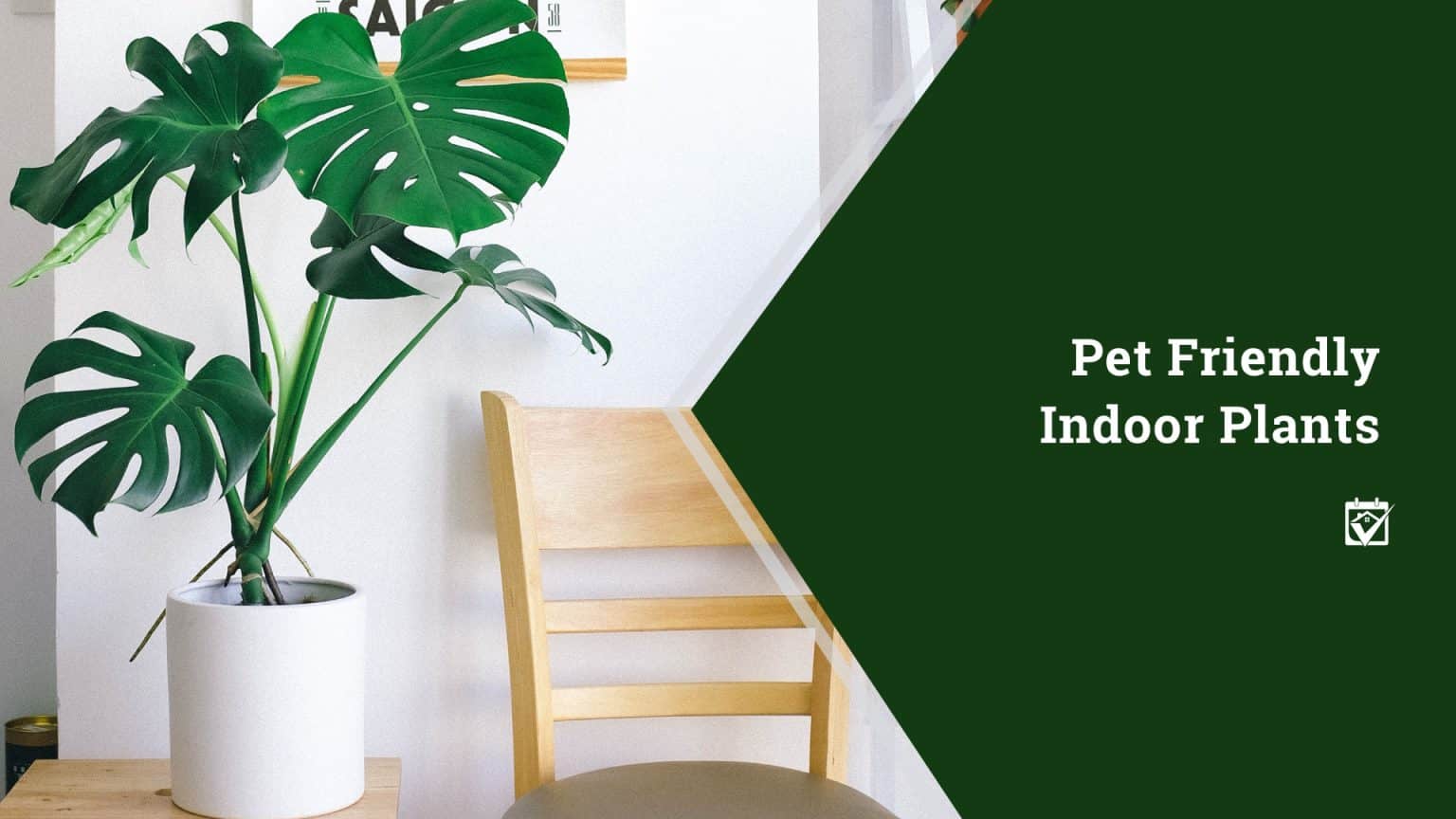Having a pet, no matter how old, is a lot like having a toddler around. You’re constantly having to make sure it’s not going to put itself in harm’s way by doing something unexpected, like chewing a cord, vaulting off the furniture like a circus performer or eating a poisonous houseplant. Saving your dog or cat from your houseplants isn’t always easy, but it sure helps if you know which plants are safest in a household with pets. Fortunately, most of the plants that are safe for dogs are also safe for cats, which can make life a little less complicated if you have both.
The Official Plant List
The ASPCA maintains an ever-evolving list of safe and unsafe plants for dogs, cats and horses. Since you’re unlikely to have a horse in your house, we’ve focused the advice in this article on the other two. This list is in no way meant to be totally exhaustive, but should help you get started if you’re shopping for new plants to add to the house or are simply curious if your existing plants could be a hazard. Poisonous plants, by the ASPCA’s definition, aren’t necessarily toxic, but they will make your pet very, very sick, and that’s definitely not something you want to experience.
Pet-Safer Plants
There are always exceptions, allergies and absolutely unexpected accidents that happen, but by and large, you can trust that these groups of plants will be fairly safe around your pets:
- Carnivorous Plants. Believe it or not, the plants that consume insects are unlikely to be dangerous to your pets. You still want to check with your nursery specialist when purchasing exotic carnivorous plants, but the most common you’ll find in stores, like the California pitcher plant and the Venus flytrap, should be safe for Fluffy and Fido.
- Ferns. True ferns, by and large, are great additions to a pet-friendly household. Not only do they tend to be hung or mounted on walls, which keeps them out of reach of pets, but true ferns also pose almost no threat to your beloved animals. Boston ferns, which are probably the most popular of the indoor ferns, and are a great choice!
- Kitchen Herbs. Keeping live herbs in the kitchen is a great way to maintain a green living space with a lot of purpose. You have a lot of herbs to choose from when growing indoors with pets. Try basil, cilantro, dill, fennel, sage, savory (summer or winter) or stevia in indoor gardens. Strawberries are also a tasty and safe indoor food plant.
- Orchids. A huge range of orchids are safe for pets, even if they’re not always the easiest things to grow. The popular epiphytic Cattleya and Phalaenopsis orchids will grow in different household conditions, as will the terrestrial jewel orchid.
- Palms. True palms are generally safe, but cycads are not. Make sure you know which you’re purchasing before committing to a plant. Cycads tend to have squatty, highly textured trunks that resemble pineapples, where palms are much smoother generally. A few safe palms to look for include areca palm, bamboo palm, dwarf palm and the ponytail palm.
- Peperomia. This huge group of plants is generally known for its intricately textured leaves and ease of care, making peperomias perfect plants for busy households. Most are pet safe, but if you’re not sure, you can stick to the basics like blunt leaf peperomia, ivy peperomia and metallic peperomia.
- Succulents. Succulents and cacti, as a group, are pretty safe for pets, with a few notable exceptions. It’s important to consider how your pet may interact with plants before bringing anything covered in spines into your home, so while cacti by and large are safe if the flesh is ingested, they’re not safe when it comes to pointy things stabbing your animals, who probably have never encountered such a thing in the world.
If you must keep cacti, consider Christmas cactus or other fairly spineless varieties. Succulents like Echeveria and Hawthornia are good substitutes, as well as other, less cactus-shaped choices like Hoya. PLEASE NOTE: Aloe vera plants, jade plants, Kalanchoe and many others are considered to be poisonous to pets.

